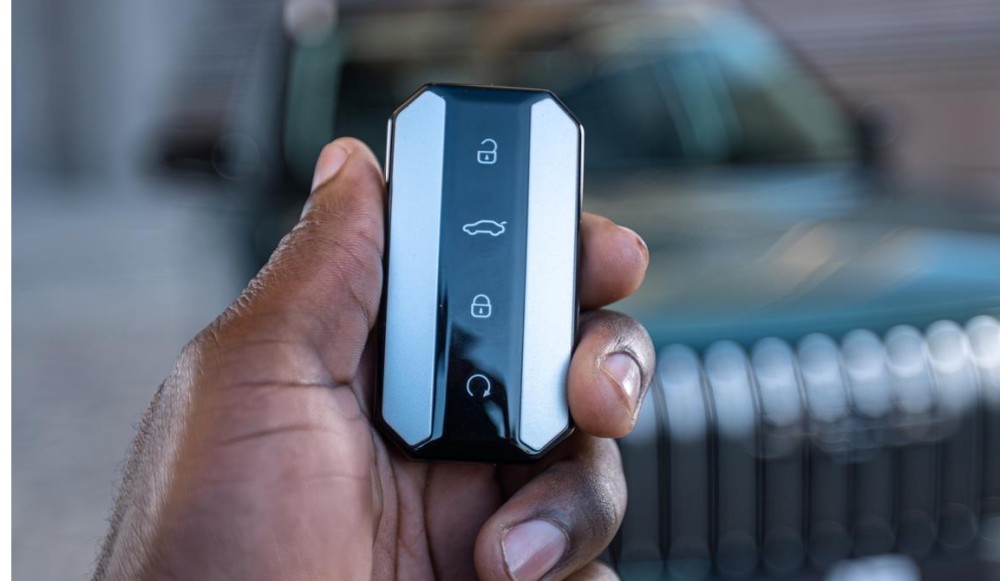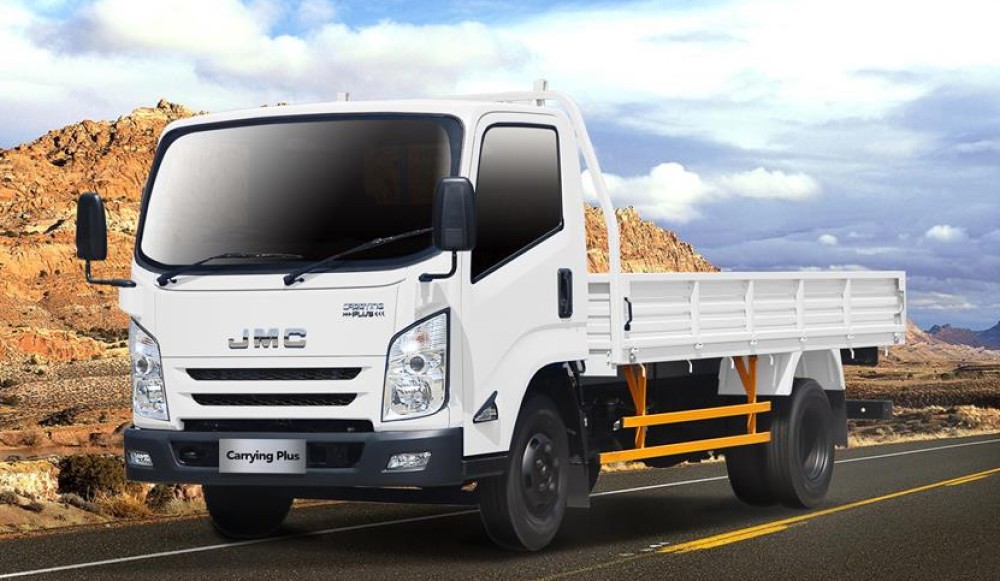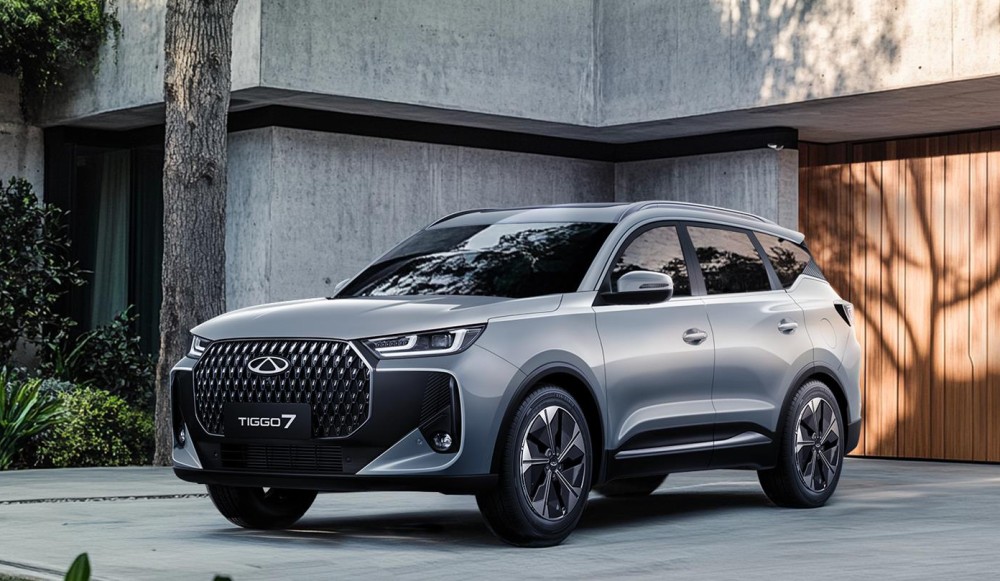The automotive world is abuzz with the potential merger between Honda and Nissan. This collaboration promises to bring together two giants in the automobile industry, creating a formidable alliance. The merger aims to combine resources and expertise, possibly leading to innovative vehicle technologies and enhanced production capabilities.
It is important to note Honda CEO Toshihiro Mibe has stated this merger is not a bailout of Nissan. Instead, the deal is contingent upon Nissan's business improvement, making it a necessary precursor for the merger to proceed.
 Nissan Navara
Nissan Navara
Thinking about a Nissan Navara - check out these pristine pre-owned models
Nissan's Role in South Africa
Nissan has built a strong foundation in South Africa through its manufacturing plant situated in Rosslyn, near Pretoria. This facility is a cornerstone of the local automotive industry, significantly contributing to the nation's manufacturing sector.
It not only serves the domestic market but also produces vehicles for export, underlining its strategic importance. The plant’s operation has a positive ripple effect on the local economy by generating employment and supporting ancillary industries.
In addition to job creation, the presence of Nissan's manufacturing hub boosts skills development in the region. Workers receive training in advanced manufacturing techniques and automotive technologies, equipping them with valuable skills that are transferable across the industry. This focus on skill enhancement benefits not just the employees but also the broader community, fostering a more skilled workforce.
Moreover, Nissan's plant plays a pivotal role in maintaining and enhancing the supply chain within South Africa. By sourcing parts locally and collaborating with regional suppliers, the facility supports the growth of smaller businesses and contributes to the overall stability of the supply chain network. This localisation strategy reduces dependency on imports, thereby minimising logistical challenges and costs.
The plant's ongoing operations reflect Nissan's long-term commitment to South Africa. Investments in modernising the facility and adopting sustainable practices indicate a forward-thinking approach. For instance, the plant incorporates environmentally friendly technologies to reduce emissions and improve energy efficiency, aligning with global sustainability trends.
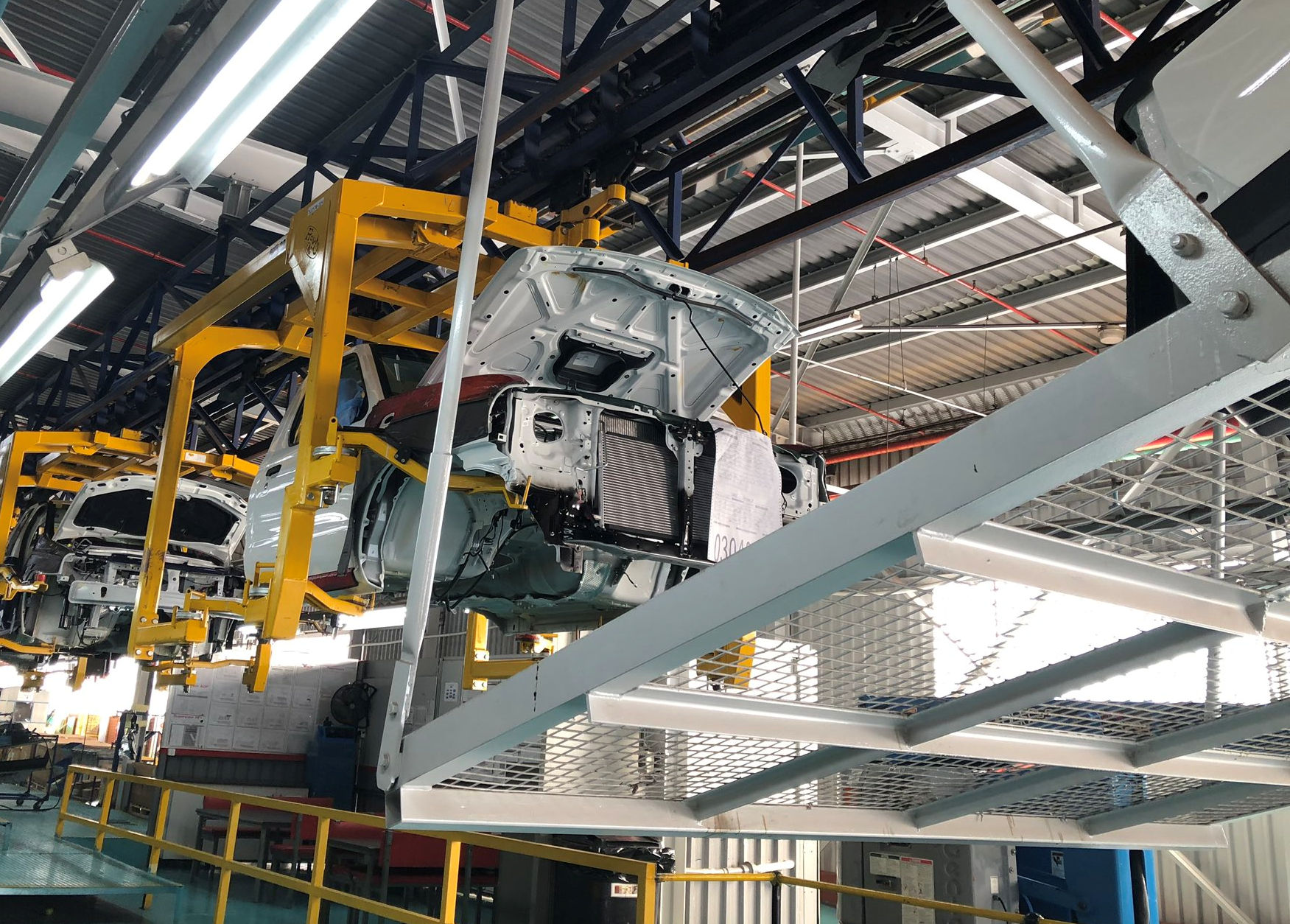 Nissan assembly line
Nissan assembly line
The merger with Honda could potentially amplify these benefits, leading to further investments and technological advancements. It may open avenues for new car models and production techniques, enhancing the plant's role in both the local and international markets. This partnership could be a catalyst for further economic growth and industrial development in South Africa, reinforcing Nissan's significant presence in the region.
Advantages of the Merger
The potential merger between Honda and Nissan brings a range of benefits that could transform the automotive landscape. One major advantage is the combining of technological expertise from both companies.
This could lead to the development of more advanced and efficient manufacturing processes, as well as innovative vehicle technologies. By sharing research and development resources, Honda and Nissan can accelerate the introduction of new features and enhancements in their car models.
Another benefit is the potential for improved supply chain management. With their combined resources, the companies can streamline logistics and distribution networks, which can lead to reduced costs and increased efficiency. This optimisation can also result in faster delivery times and better inventory management, ensuring both manufacturers can meet market demands more effectively.
Furthermore, the merger may lead to cost savings through economies of scale. Larger production volumes can reduce the per-unit cost of vehicles, which may translate to more competitive pricing for consumers. This increased efficiency can also free up capital for further investment in research, development and expansion initiatives.
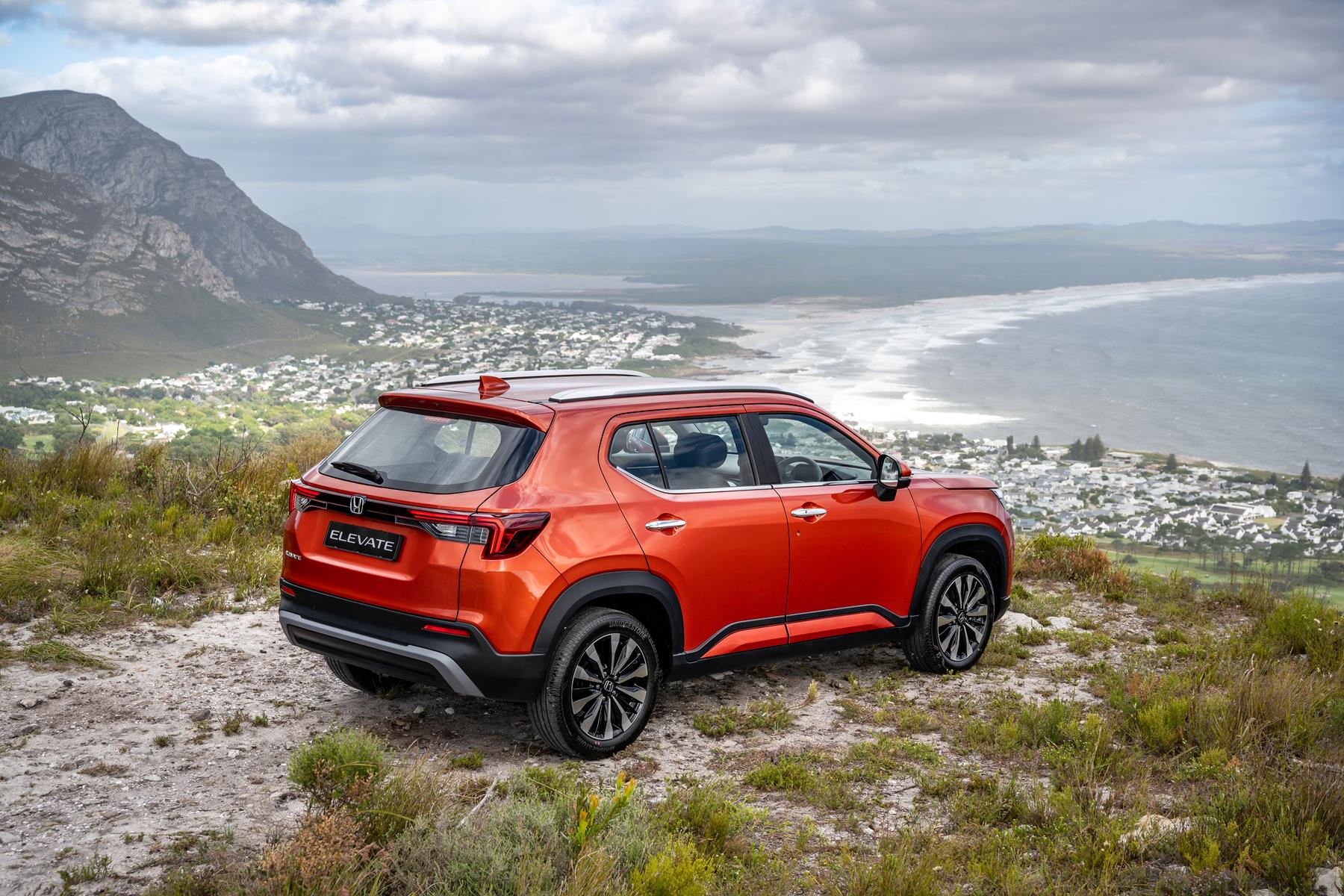 Looking forward to a possible future - Honda Elevate
Looking forward to a possible future - Honda Elevate
We have a great selection of Honda Elevate models for you - click here
Additionally, the partnership offers the possibility of a broader range of vehicle offerings. By leveraging each other's strengths, Honda and Nissan can develop new models that incorporate the best features of both brands. This collaboration can lead to more diverse options for consumers, potentially attracting a wider customer base.
In the realm of sustainability, the merger can amplify efforts towards greener manufacturing practices. By pooling their resources and expertise, Honda and Nissan can invest more heavily in environmentally friendly technologies, such as electric and hybrid vehicles, contributing to global efforts to reduce carbon emissions.
Obstacles and Considerations
One of the primary challenges Honda and Nissan will face in their merger is integrating their corporate cultures. Each company has its own set of values, practices, and management styles, which may not always align seamlessly. This integration process requires careful planning and open communication to foster a cohesive working environment.
Another significant consideration is the regulatory landscape. Mergers of this magnitude often attract scrutiny from competition authorities. The companies will need to navigate regulatory requirements in various markets, which could involve lengthy approval processes and potential adjustments to their business plans.
The global automotive market is also highly competitive, with numerous players vying for market share. Honda and Nissan must strategise effectively to leverage their combined strengths while maintaining their individual brand identities. This involves identifying key areas for synergy without diluting the unique qualities that each brand brings to the table.
Financial implications cannot be overlooked. Merging operations typically involve substantial costs, from restructuring expenses to potential redundancies. The companies will need to ensure the anticipated cost savings and efficiencies outweigh these initial expenditures.
Technological integration poses another hurdle. Both automakers have invested heavily in their own research and development initiatives. Aligning these efforts to create a unified technological roadmap requires meticulous coordination, ensuring ongoing projects are not disrupted and that future innovations are seamlessly incorporated.
Lastly, there is the human element to consider. Employees at all levels may experience uncertainty during the transition period. Effective communication and comprehensive support systems are essential to maintain morale and ensure a smooth transition. Providing clear information about the merger's impact on roles and career paths will be crucial in retaining talent and sustaining productivity.
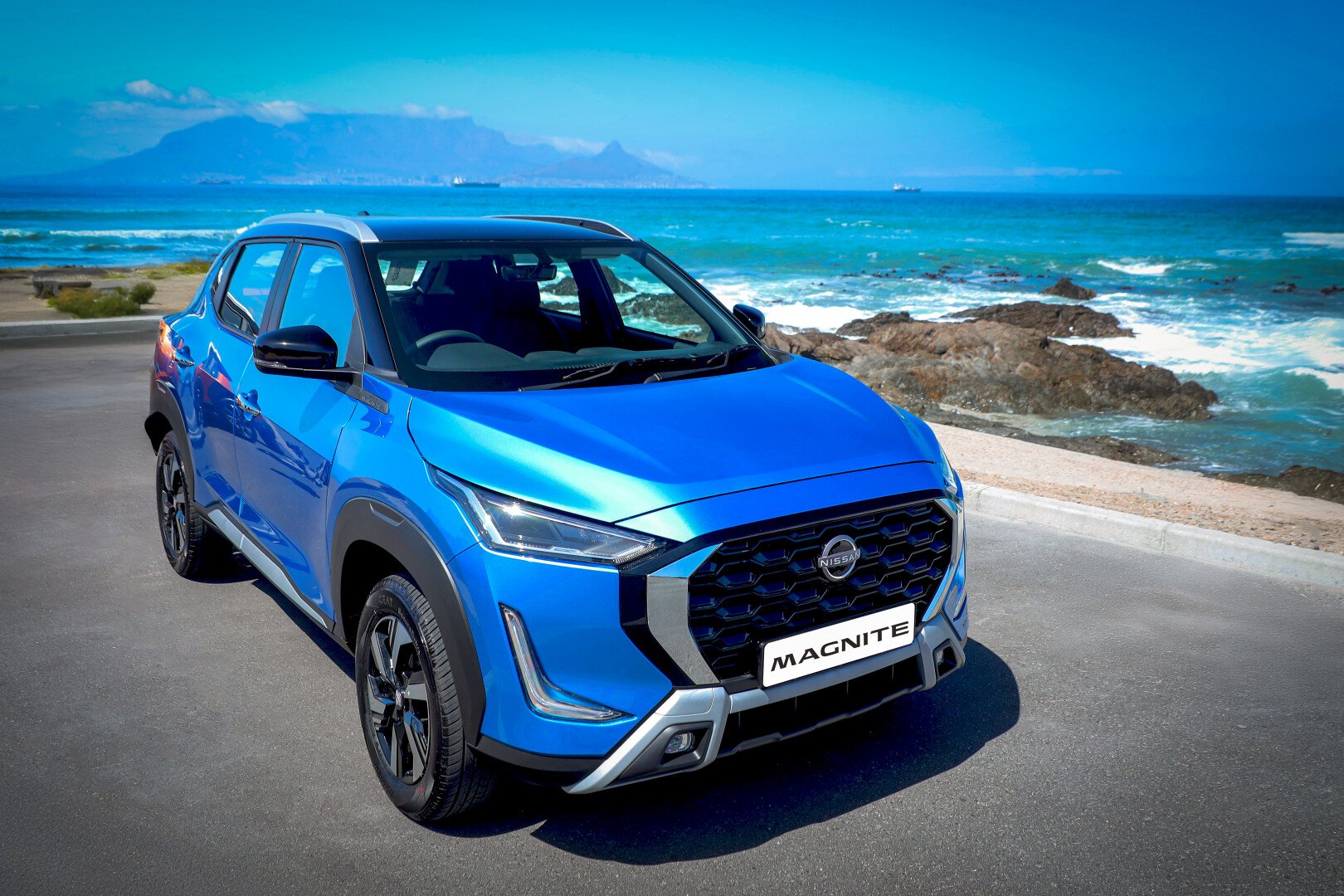 Nissan Magnite
Nissan Magnite
Lots to browse with our selection of Nissan Magnite beauties
Effects on Employment
The merger between Honda and Nissan could bring both opportunities and challenges for employment in South Africa. With increased production demands, there is potential for job creation across various levels, from factory workers to managerial roles. However, the integration of operations may also lead to organisational restructuring. Some roles could be reassessed or consolidated, necessitating retraining and upskilling initiatives to align with the new business model.
Employees may benefit from enhanced training programmes, gaining new skills in advanced manufacturing techniques and automotive technologies. This investment in workforce development could make employees more versatile and valuable within the industry. Additionally, the merger may create opportunities for career progression as new positions emerge within the combined entity.
However, the transition period might bring uncertainties. Clear and transparent communication from management will be essential to address concerns and maintain morale. Support systems, such as career counselling and skill development workshops, can help ease the transition for employees, ensuring they are well-prepared for any changes.
Overall, while the merger could lead to workforce adjustments, it also has the potential to foster a more skilled and adaptable workforce, ultimately benefiting the local automotive sector.
Implications for Consumers
For consumers, the potential Honda-Nissan merger could bring several exciting benefits. One notable advantage might be a broader selection of vehicle models. By combining their strengths, the two automakers could develop cars that blend the best features from both brands, offering more options in terms of design, technology, and performance.
In addition to a wider range of vehicles, the merger could lead to competitive pricing strategies. As Honda and Nissan streamline their operations and reduce costs, these savings might be passed on to consumers, making vehicles more affordable. This could enhance purchasing power, allowing buyers to get more value for their money.
Moreover, the collaboration could result in innovative vehicle technologies. With shared research and development efforts, new features and advancements could be introduced more quickly. Consumers might benefit from the latest in automotive technology, including improved safety features, enhanced fuel efficiency, and cutting-edge connectivity options.
Lastly, customer service might also see improvements. A combined network of dealerships and service centres could provide better support and accessibility for customers. Enhanced after-sales services and maintenance options would contribute to a more satisfying ownership experience.
Overall, the merger holds the potential to enrich the car-buying experience, offering consumers more choices, better value, and access to the latest automotive innovations.
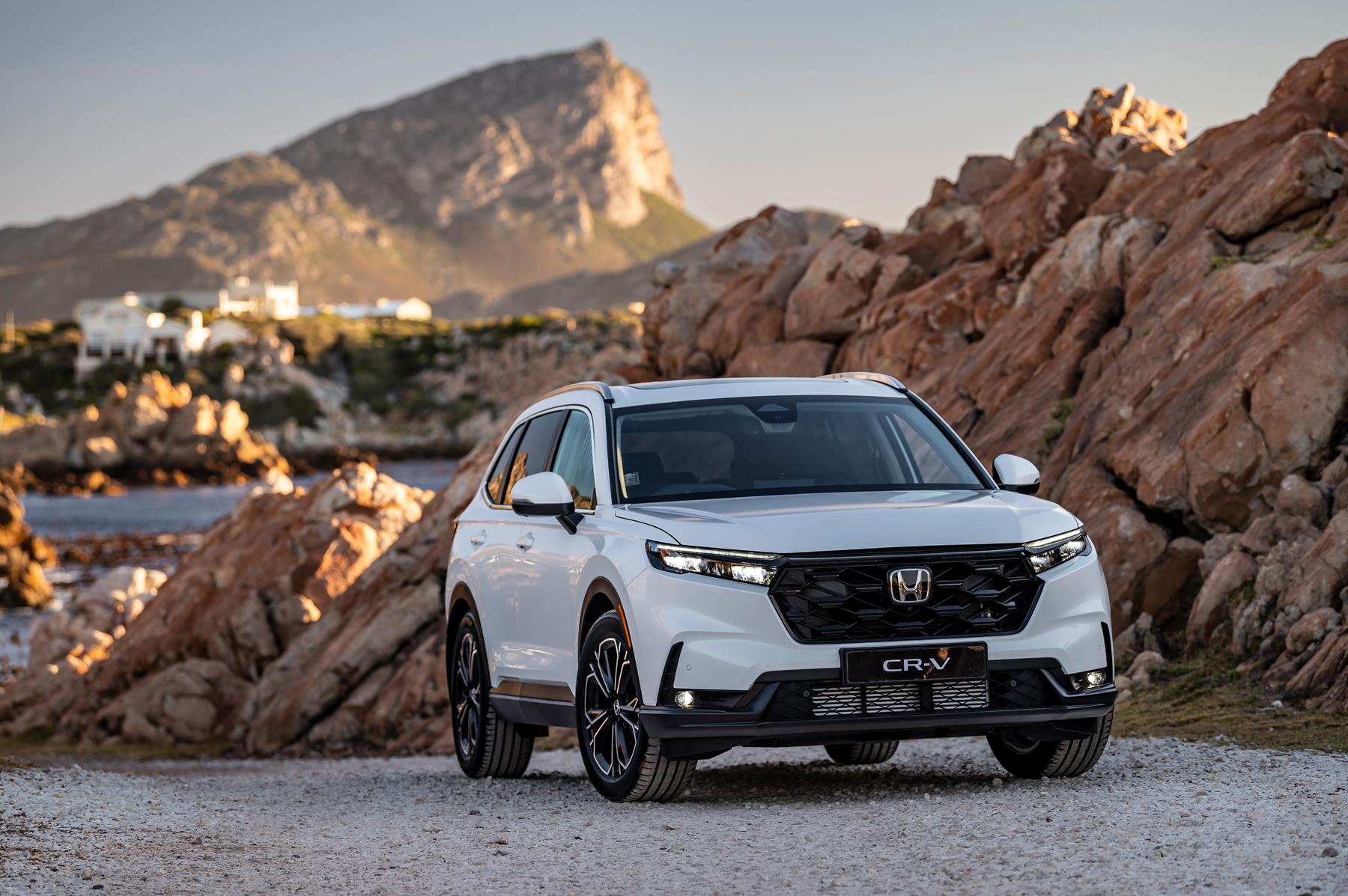
Final Thoughts
You could make the Honda CR-V your final choice - click here
The potential merger between Honda and Nissan could bring about significant changes in the South African automotive sector. This collaboration may boost local manufacturing capabilities, offering more efficient production processes and advanced vehicle technologies. The combination of resources from both automakers is likely to lead to innovation, which could benefit both the domestic and export markets.
For the workforce, there could be opportunities for skill enhancement and career progression, despite some initial restructuring. The focus on sustainable practices and modernisation may further solidify South Africa's role in the global automotive industry.
Consumers can look forward to a wider range of vehicles with advanced features, potentially at more competitive prices. Improved customer service and access to cutting-edge technology would also enhance the overall ownership experience.
Overall, while challenges exist, the merger holds the promise of substantial benefits for the South African car industry, from economic growth to technological advancement.
Colin Windell for Colin-on-Cars in association with
proudly ALL THINGS MOTORING



